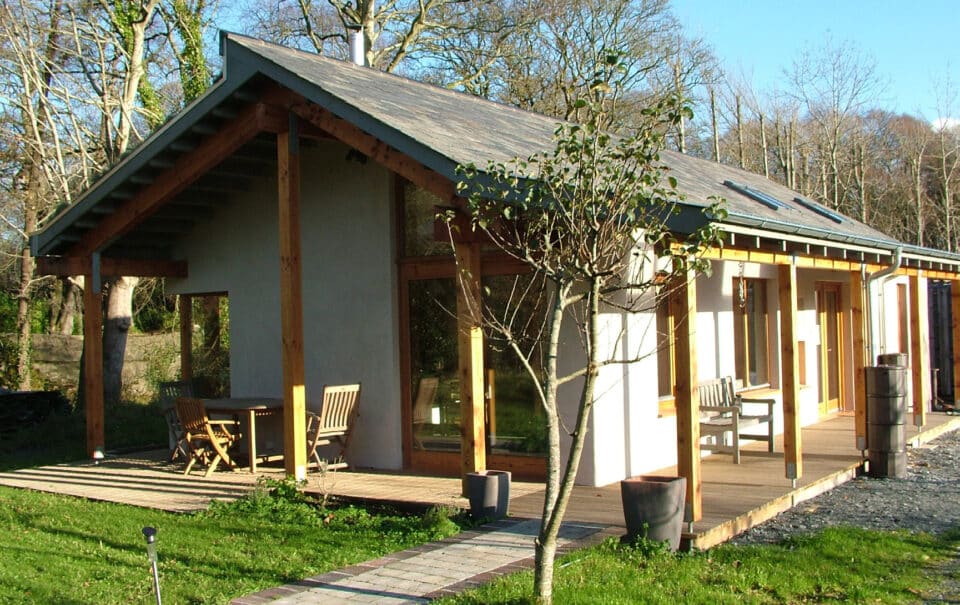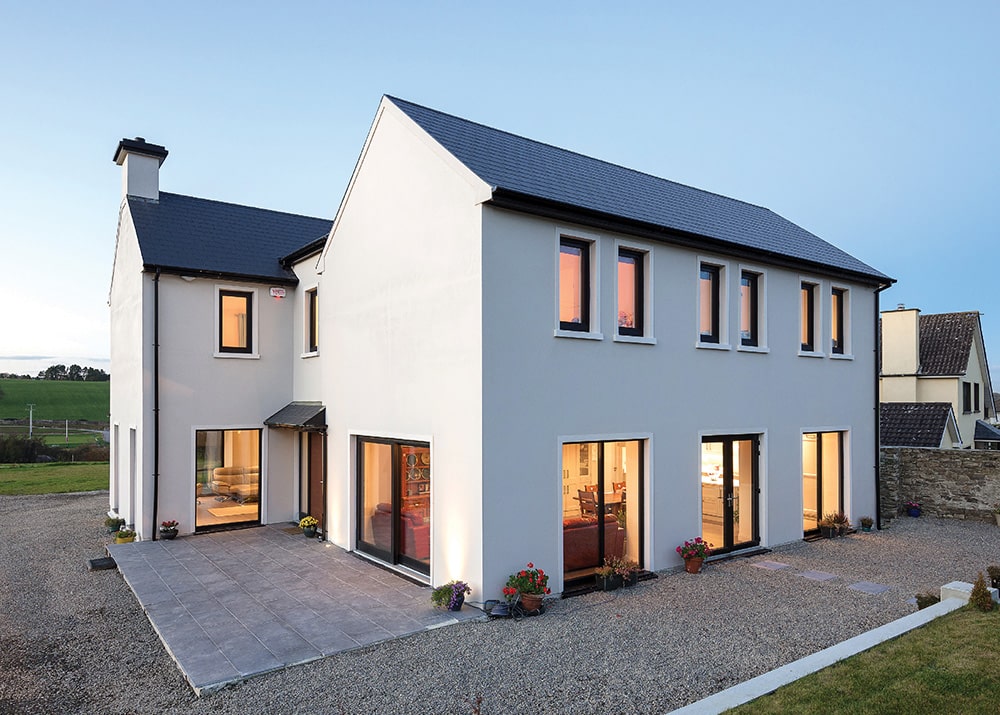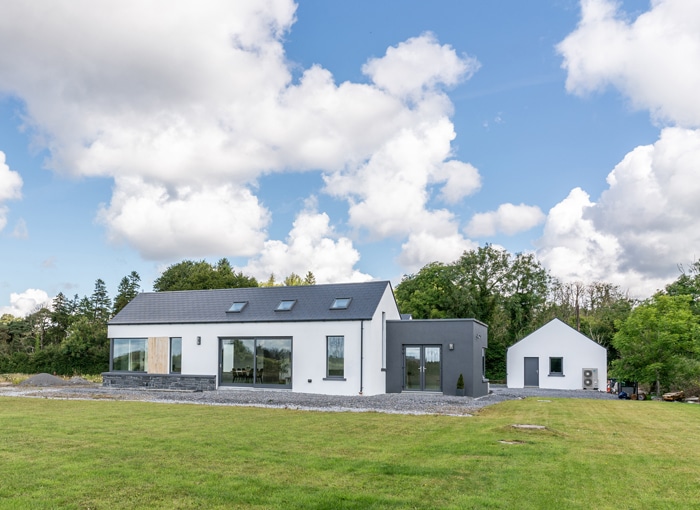Buying a house plan is a serious business; what you get for your money depends upon the supplier, but will typically include full working drawings for both house and garage to your specification and suitable for both a planning application and for your builder to work from, a written specification for pricing purposes and building contracts forms. Guide prices for the plans are given in the books, but there will be some additional charges for alterations made after the drawings have been prepared. Once again it all comes down to how you wish to spend your budget. A turnkey project will supply the plans, deal with planning and the construction process, but this comes at a premium. That said, it should turn out to be a hassle-free experience as long as the appropriate contracts and the financial, as well as legal, requirements are in place.
Choosing your lead designer
As with any important purchase of goods or services, you should put together a shortlist of candidates. Personal recommendation from a friend or relative is a good place to start, but remember that no two people are the same; you may not find the chemistry works as well for you. Keep your eyes open as you drive, spotting work that you like and then finding out who the designer was. Then check that those on your shortlist are qualified (see below) and have professional indemnity insurance (PII) before proceeding with your selection. In all instances you should make sure that your designer has valid cover for the period of their employment by you as it will protect you against professional negligence should the professional fall foul of their obligations. A defects cover, which usually comes in the form of a ten year structural warranty, is a completely separate product purchased before the build starts.
Once you’re sure of your shortlisted designers’ credentials, meet with them on site, find out their skills and experience and then ask for a written fee quotation and the terms of their appointment. Your guiding principle should not be cost, but instead be based upon delivery of what you want and whether you feel you can have a good working relationship. With every build there are problems and difficulties so good communication is vital. Consider carefully whether you can work with your designer over a prolonged period, a house could take as long as five years from finding a site, gaining planning permission, construction drawings, tender process and construction!
So how do you know if your chosen candidates are qualified? If your architect or architectural technologist belongs to a recognised accreditation body, then you will be protected by that institute’s code of conduct (see dispute resolution below). In broad terms, architects don’t have to be chartered or belong to a proffesional body to practice in NI or ROI, they just need to be on an official, government sanctioned, register. The title architectural technologist is not protected by law, so there is no government-backed register to turn to. If you employ the services of an architectural technologist it is therefore paramount to make sure they belong to the relevant accreditation body, which in NI and ROI is the Chartered Institute of Architectural Technologists (CIAT) and in ROI only, the Royal Institute of the Architects of Ireland (RIAI). Always check the credentials of all professionals to ensure they are who they say they are!
Architect
Until 2008 anyone in ROI could call themselves an ‘architect’ but now, as in NI, the use of the title is legally restricted to those who are on an official register. In NI all architects are required to register with the Architects Registration Board (ARB) and in ROI with the Royal Institute of the Architects of Ireland (RIAI). You can check these two statutory registers online, www.riai.ie/register for ROI and http://search.arb.org.uk for NI. The RIAI in fact acts as both the statutory body in charge of registering/protecting the title of ‘architect’ and as a profesional body that regulates, supports and represents its members. In the UK the ARB is independent of the Royal Institute of British Architects (RIBA).





















